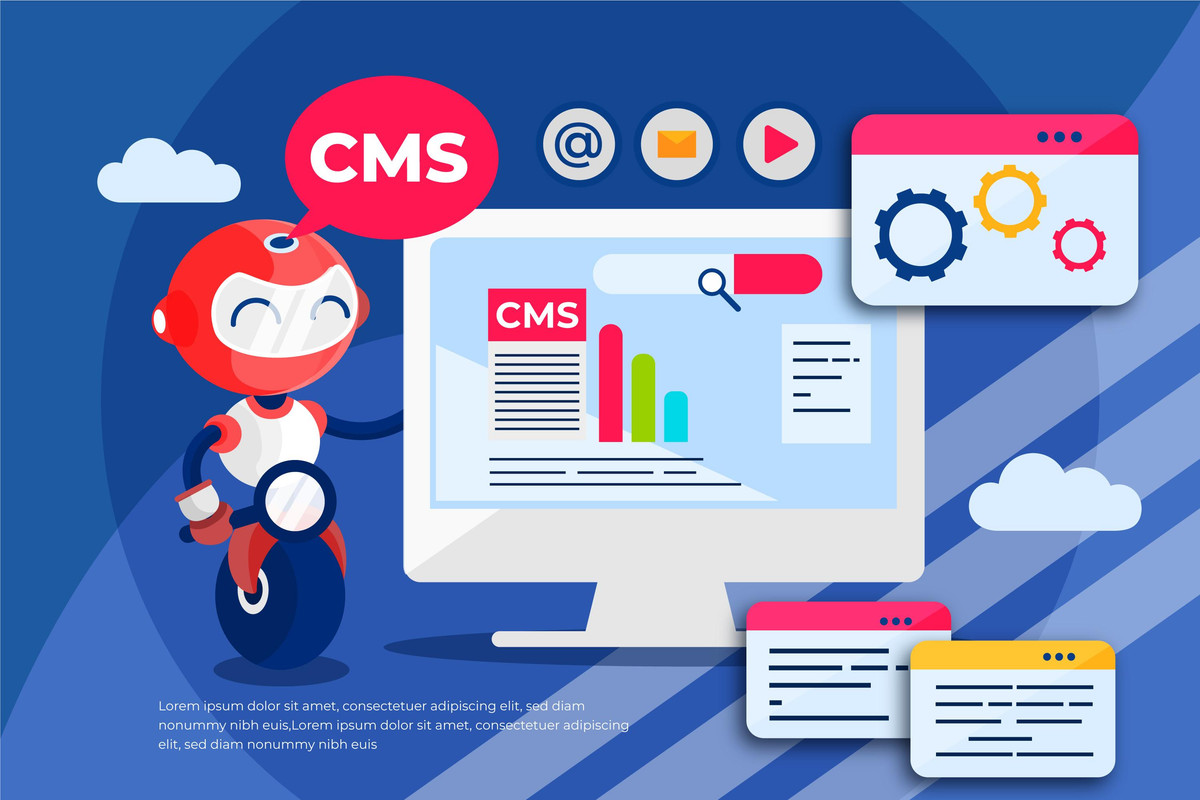
In the past, building a software application or automating a business process required experienced developers, long timelines, and substantial budgets. Today, a major shift is happening. No-code and low-code platforms are transforming the way digital products are created—empowering entrepreneurs, marketers, project managers, and small business owners to build apps, workflows, and websites without writing a single line of code (or very little).
But what exactly are these platforms? Why are they gaining popularity? And more importantly—should you care?
Let’s dive into how no-code and low-code tools are reshaping the software development landscape.
No-code platforms allow users to create fully functional software applications using drag-and-drop interfaces, prebuilt components, and simple logic flows. These platforms are designed for non-technical users who want to build apps without needing to code.
Low-code platforms, on the other hand, offer similar functionality but with the ability to insert custom code when needed. These platforms are often used by developers or technically inclined users to speed up the development process while maintaining some control over the logic and design.

Both approaches aim to simplify development and accelerate delivery of digital solutions.
The increasing demand for digital transformation, combined with a global shortage of skilled developers, has created a perfect environment for no-code and low-code tools to thrive.
Several key factors are driving adoption:
These platforms close the gap between technical capability and business agility.
Speed and Agility
Applications that might take weeks or months to develop using traditional methods can now be built in days—even hours in some cases.
Cost Efficiency
Companies save on hiring, infrastructure, and development time, making these platforms ideal for startups or MVP development.
Empowerment
Business users can build their own tools, forms, dashboards, and workflows—reducing dependency on IT and boosting innovation.
Rapid Prototyping and Testing
Entrepreneurs and product managers can quickly prototype and validate ideas with real users before committing to full-scale development.
Seamless Integrations
Most platforms offer out-of-the-box integrations with popular tools like Google Sheets, Slack, Salesforce, and Stripe, enabling automated workflows with minimal effort.

Internal Business Apps
Companies use no-code tools to build CRMs, HR management systems, or inventory trackers tailored to their specific workflows.
E-commerce and Marketplaces
Founders can launch online stores or product marketplaces with tools like Shopify, Webflow, or Sharetribe—no developers needed.
Automation and Workflows
Platforms like Zapier and Make (Integromat) help automate repetitive tasks like data entry, notifications, and syncing between apps.
Customer Portals and Dashboards
Businesses create portals for clients to access reports, submit tickets, or manage subscriptions without writing backend logic.
Event Management & Booking Systems
From appointment booking to event registration, no-code tools can handle end-to-end operations in minutes.
These platforms continue to evolve rapidly, adding more features, flexibility, and performance optimization.
While no-code and low-code platforms offer many advantages, they aren’t suitable for every project.

Before committing, evaluate your long-term needs and test the platform’s capabilities against your use case.
If you are a business owner, entrepreneur, marketer, or operations manager, the answer is yes.
No-code and low-code tools can help you:
Even for developers, low-code tools can accelerate development, free up time for complex tasks, and empower other teams to take on smaller projects independently.
In short, these platforms enable faster innovation at lower cost.
The rise of no-code and low-code platforms is not just a passing trend—it’s a fundamental shift in how digital solutions are created. While they won’t replace traditional coding for complex applications, they democratize development and empower more people to solve problems with technology.
Whether you're launching a startup, digitizing business processes, or just trying to save time—no-code and low-code tools deserve your attention.
Our team can help you choose the right platform, design your app, and launch faster than ever—no technical experience needed.
Contact us today to start building smarter with no-code and low-code solutions